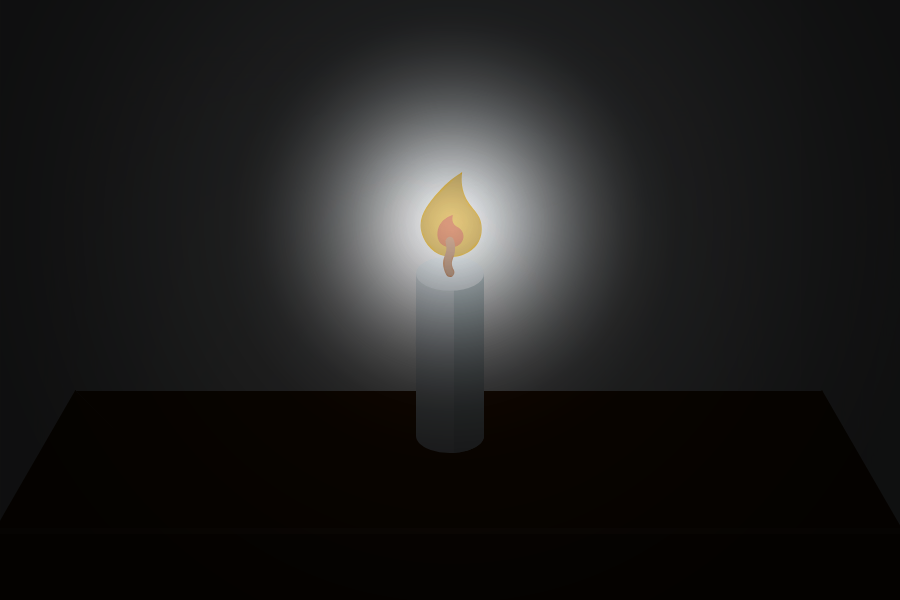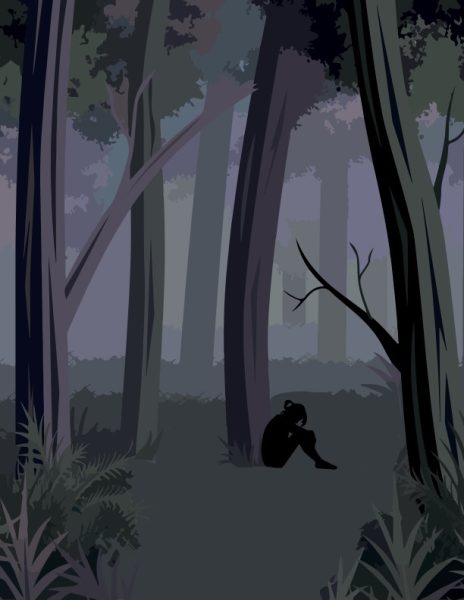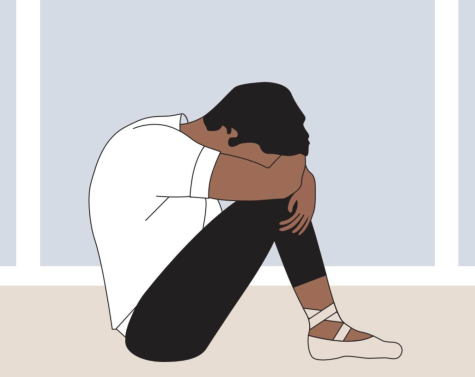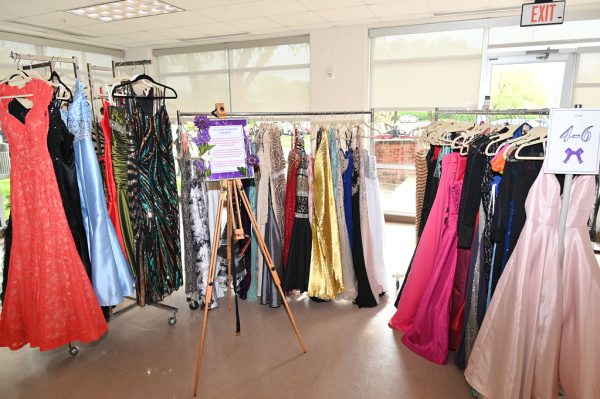Seasonal Affective Disorder damages students’ social lives, grades
Students’ names have been changed to preserve privacy.
Junior Ryan’s friends usually describe him as “positive,” “passionate” and “confident.” But in the winter, he’s a completely different person. Instead of being excited about his hobbies and open to trying new things, he becomes “detached” and unmotivated, he said. Instead of being his normal, friendly self, he becomes irritable, gets frustrated easily and lashes out at family and friends.
“He gets very insecure. If there was a problem, he would assume it was him, not the situation,” Ryan’s girlfriend said. “Sometimes tiny little comments he makes worry me.”
Though he’s been experiencing these behavior changes since freshman year, he didn’t recognize what was going on until he talked about seasonal affective disorder with a friend this past year and immediately knew it was the perfect term to describe what he was feeling.
Seasonal depression, or seasonal affective disorder (SAD), is a subset of depression that occurs annually, usually in the fall or winter. The main factor is decreased exposure to natural light, but since SAD was only diagnosed in the 80s, scientists are still unsure of the specific cause, psychologist Janis Anderson said.
For SAD patients, the decreased light in the winter throws off their circadian rhythms, which regulate sleeping patterns, eating habits and the release of mood-regulating hormones like serotonin. Just like people with general depression, Anderson said SAD patients can lose interest in day-to-day activities and experience a general sense of hopelessness, but their symptoms fade when spring approaches.
“We are looking for something that happens year after year, around the same time, where it goes away in the spring or summer, even if it’s not treated,” Anderson said. “That’s very different from other types of depression where you can’t predict where it’s going to strike or how long it will last.”
Though the recurrence of Ryan’s symptoms each winter helped him recognize the disorder—Anderson said the key to diagnosis is identifying the seasonal aspect of a patient’s mood changes—it also made it difficult for him to label what he was going through. Since his symptoms would disappear once spring came, he would ignore his mental health issues until they reappeared in the fall. But in the fall, his lack of motivation made it difficult to reach out.
About five percent of the U.S. population experiences SAD, according to a 2012 report by the American Family Physician. With the national rates of teenage depression on the rise, Anderson said this trend may extend to increased SAD diagnoses, but there’s no available data on whether SAD is becoming more prevalent. Patients do, however, usually first report their symptoms in their late teens and early 20s, Anderson said.
Rachel, a junior, first noticed her symptoms the winter of her sophomore year. She didn’t just feel sad or unmotivated, but extremely irritable, she said. A low point for her, she said, was when her grandma was staying at her house, and Rachel repeatedly lashed out at her for no reason.
“It was like I just broke,” Rachel said. “I was frustrated and angry, but then after I was crying and just kind of overreacting.”
At school, her mindset about schoolwork and friends was extremely negative; she started fights with friends over insignificant issues, normal comments irritated her and she ultimately pushed many of her friends away, she said.
“I was really worried,” Rachel’s friend said. “I could just tell that something was wrong.”
She struggled to handle minor issues; she would be “crushed” if she got a C on a math quiz, and gaining a pound would push her over the edge.
“I would look in the mirror and just hate what I saw,” Rachel said. “And then because of my depression, it would ruin my whole week. It was a bigger deal to gain a pound in the winter than in the summer.”
Though Rachel felt she was spiraling out of control, her symptoms weren’t so obvious to her family. Her father said Rachel often internalizes her feelings, but he also didn’t notice her symptoms because he thought winter was a depressing time for most people.
There are multiple seasonal factors that can increase someone’s vulnerability to depression, like spending more time indoors or an increased school workload—but having seasonal triggers is not the same as having SAD, child psychologist Adelle Cadieux wrote in an article for Fox News in 2015.
Rachel suspected she had SAD before she reached out to her doctor about her symptoms. Her mom and grandmother both have the disorder, and because it can be genetic, it was easier for her to know to seek help, she said.
“If I didn’t have my grandma—who also suffers from it—I think it would have been a lot harder for me to recognize the symptoms and hint towards diagnosis,” Rachel said. “I would just think something is wrong with me.”
To relieve her symptoms, Rachel started going to therapy, taking antidepressants and experimenting with light therapy. Now, she sits in front of a sunlamp for 30 minutes in the morning during the winter, which has the same effect on her as if she were to go on a walk outside.
The National Institute of Mental Health first tested light therapy in the 1980s, a few years after seasonal affective disorder was recognized as a condition in 1984. Scientists knew that seasonal changes could affect animals—decreased temperature and light forces most animals to hibernate or migrate—but they found that some people are also affected by decreased sunlight. This prompted researchers at NIMH to experiment with using light as a treatment option, SunBox Company President Neal Owens said.
I would look in the mirror and just hate what I saw. It was a bigger deal to gain a pound in the winter than in the summer.
— junior RachelTreatment is always individualized because patients might be suffering from multiple disorders and have different lifestyles, Anderson said. Some people are too busy to sit in front of a light box for 30 minutes every morning, so they have to work with their doctor to figure out other options, like taking antidepressants or meeting with a psychologist, Anderson said.
Emily—now a junior—was diagnosed with SAD in 9th grade, but she’d been diagnosed with bipolar disorder and clinical depression during middle school. In the winter, her symptoms would get considerably worse, and she felt “numb, cold and tired” all the time, she said.
Because of her preexisting mental illnesses, she was already taking anti-depressants and going to therapy when she was first diagnosed with SAD. But most recently, she started using a sunlamp—which she affectionately calls a “happy light”—as a new way to treat her seasonal symptoms. She also increases the dosage of her medication during the winter and goes to therapy more often.
To manage his symptoms, Ryan relies mostly on cognitive behavior therapy, where an individual learns how to use their thinking to reduce their symptoms. This type of self-treatment is under-utilized but can be extremely effective, Anderson said.
He mostly relies on changes of scenery—like spending time at his computer programming job or riding his mountain bike in the woods—as his form of self-treatment. Spontaneity, he said, makes his days feel less mundane.
“It’s nice to be in nature and just calm down and think about things slowly for once instead of at a hundred miles an hour,” Ryan said. “You’re trapped in a building all day at school and then you come home and it’s just walls. Being in a space that is just endlessly open helps a lot.”
In the long term, Rachel hopes to go to go to college in a warmer state, where more natural light will help her cope with her symptoms. Hannah’s a bit more nervous for college; she worries that it will be harder to manage her symptoms when she’s living on her own. Luckily, most patients symptoms start fading in their older years, Anderson said.
Now that all three students have found ways to manage their symptoms, their mindset has changed completely.
“Now that I recognize that my irritability is depression, I try to ignore it,” Rachel said. “I have this new mindset that’s like ‘I don’t want my depression to win.’”
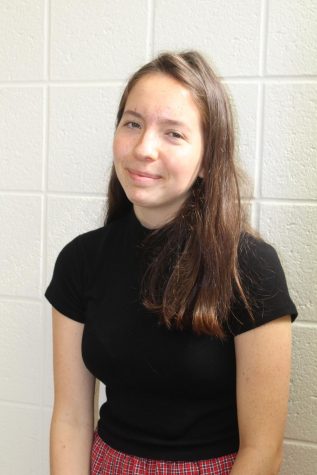
12
Why did you join the Black and White?
To engage with the Whitman community and showcase student voices.
What's your favorite scent?
Power, Putin or Pasta.

12
Why did you join the Black and White?
the clout. I also like journalism or whatever
What's your favorite scent?
a fresh magazine from a student-run, independent news organization



